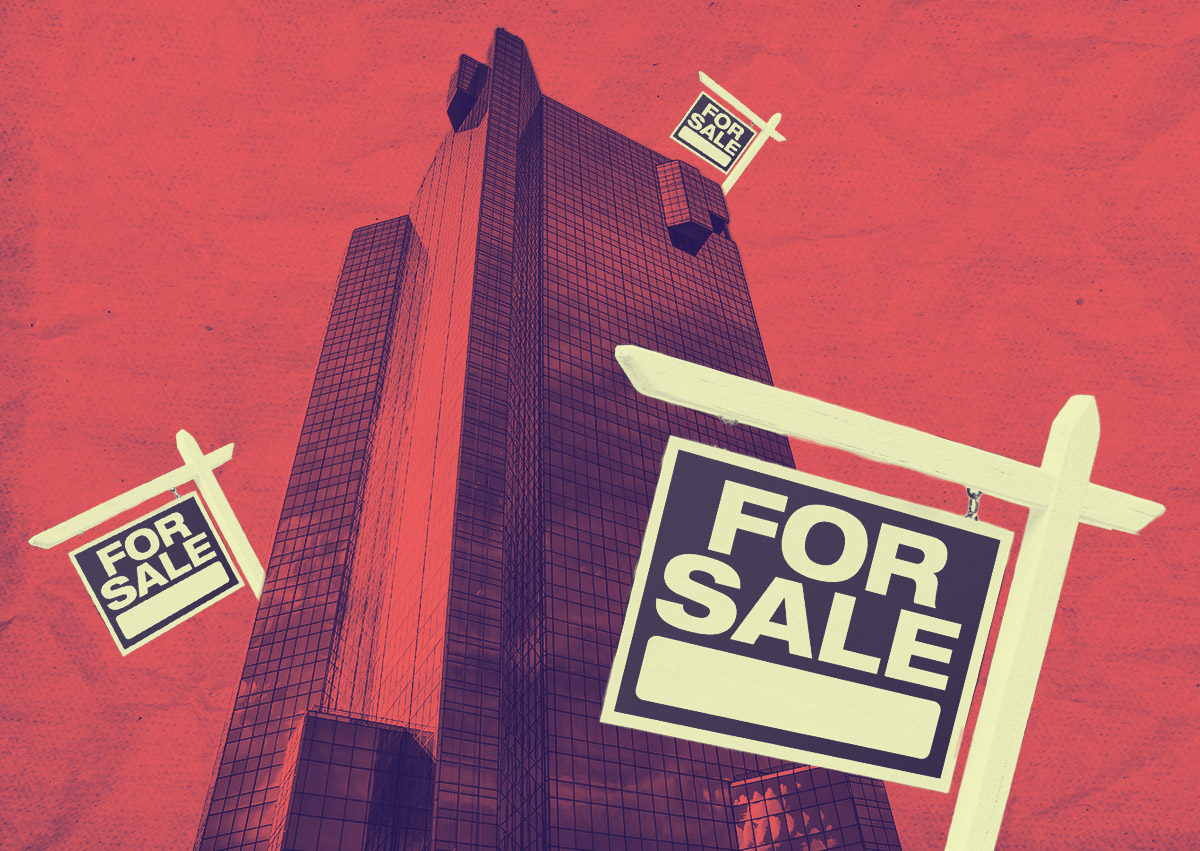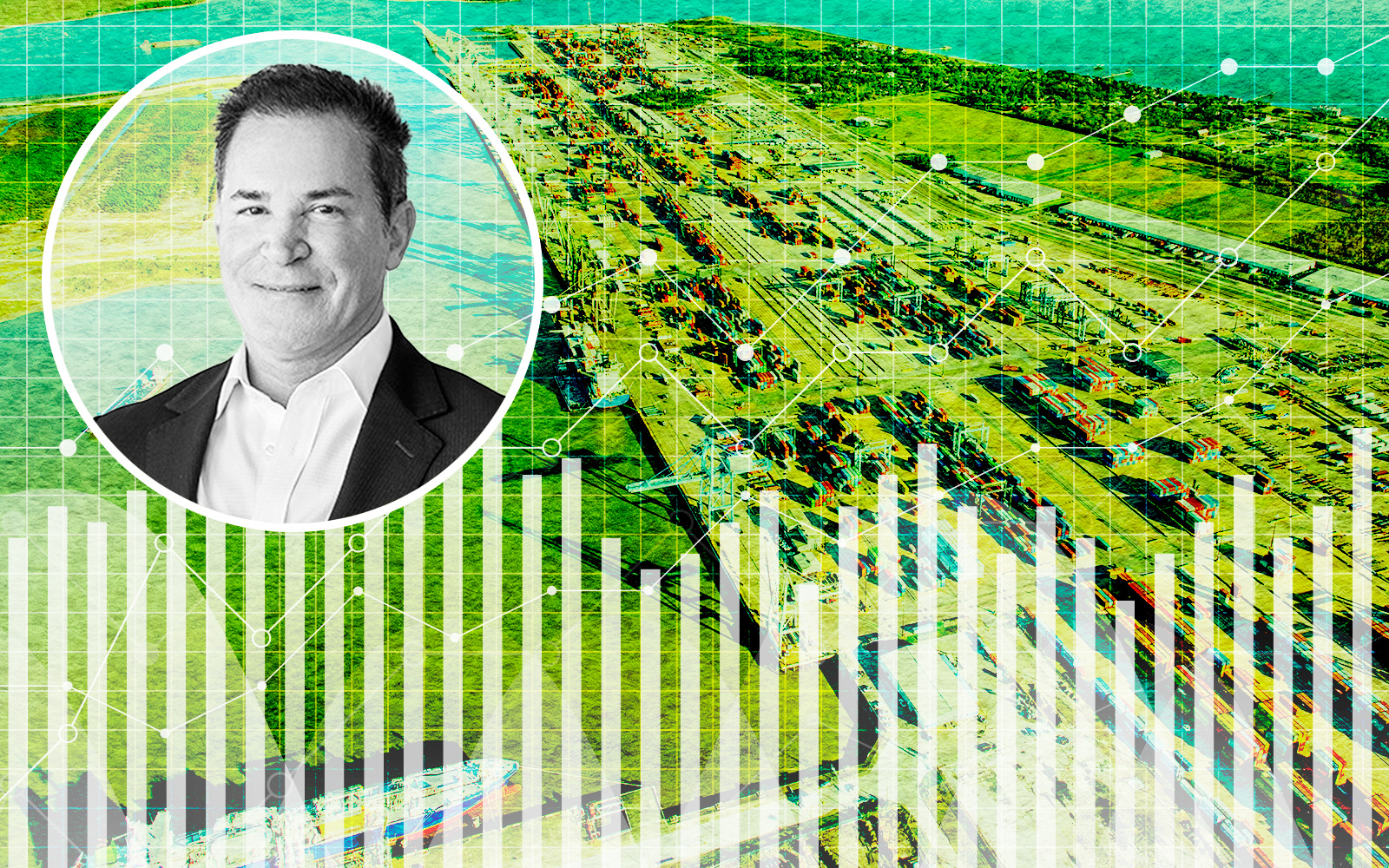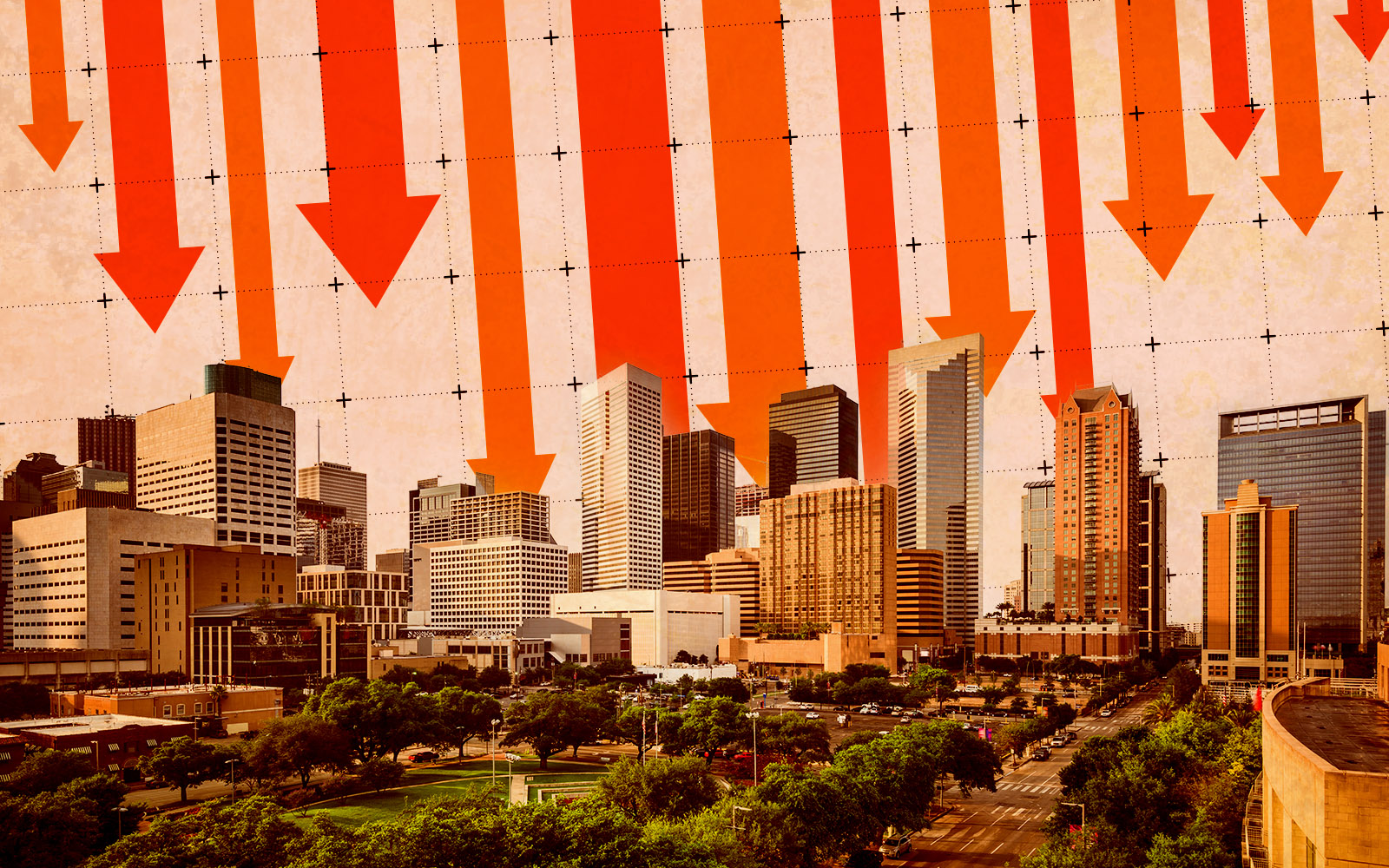Houston’s commercial property market slumped significantly in the first quarter of 2023, with sales decreasing 74 percent compared to the same period last year.
The decline is part of a trend in major metros across the country, highlighting the dual woes of interest-rate hikes and tighter lending standards that are challenging the commercial real estate industry, a report by analytics firm MSCI found.
The cost of borrowing to finance property deals more than doubled over the past year, with interest rates reaching the highest point in 17 years. This rapid increase in the cost of capital has deterred potential buyers, as newly issued debt is subject to more conservative credit terms, making it difficult for buyers to secure loans for acquisitions.
Vacancy is another factor driving the slump in Houston. Office vacancy is sitting at nearly 27 percent, according to Avison Young. And leasing was down 29 percent in the first quarter, compared with the last three months of 2022.
“Lenders are driving the decision on a lot of these deals, and lenders are not really in a position to loan money on commercial real estate,” said Ryan Barbles of Stream Realty Partners’ Houston office. “As far as the vacancy being higher than most companies want in order to buy buildings, it makes it challenging. Then, you layer that banking crisis going on globally, and layer in the expiring loans and frozen capital markets. It’s not a really good recipe.”
Office buildings dragged the market into this dip. The costs associated with office property acquisitions have deterred investors, resulting in declining sales and prices.
Office sales volume decreased 56 percent in Greater Houston year-over-year, falling from $765 million in the first quarter of 2022 to a low of $333 million in the first three months of this year, Real Capital Analytics found.
Investment sales also slumped, reaching one of the lowest points in year-to-date estimates since 2016, when sales quickly fell due to the oil bust.
Vultures have already been circling for opportunities presented by troubled properties that could end up in the hands of lenders or need to be sold at a loss amid a commercial downwind.
“You have these contrarian buyers with the whole Warren Buffett mentality, when people are being greedy, be fearful. And when people are being fearful, be greedy,” Barbles said. “Some of the groups that we talked to are like, ‘Hey, when everyone’s scared of the market, that’s when we really dig in because the opportunity is plentiful.’ We’re in the first inning of all of this.”
Parkway Property Investments sold the nearly 1 million-square-foot San Felipe Plaza office building in the Galleria for $83 million, 62 percent below its $219 million appraised value, illustrating the hard times shaking Houston’s office sector. High vacancy and age were behind the dip in value, as the flight-to-quality trend has rocked the Bayou City’s office market, causing increased vacancy, which reached a record high of over 25 percent in the first quarter of 2023, according to Avison Young.
Many building owners have low-interest rate loans that are maturing soon, or floating-rate financing that has increased. Distress has been a trend in the Bayou City hitting the office and lodging market, which logged the largest CMBS loan loss in March, while also shaking up mid-class apartment properties.
The slump in commercial real estate activity is not unique to Houston. Commercial real estate activity has cooled nationwide compared to 2022, the most active year on record, but the devil’s in the details. Much of the decrease is a return to mean. Commercial sales sat at $85 billion last quarter, down 56 percent year-over-year, but they were roughly in line with the pre-pandemic average of $88 million between 2005 to 2019.
Meanwhile, retail, industrial and multifamily in Greater Houston have seen slight decreases in new construction and investment sales, but they remain relatively steady year-over-year.
The overall market’s recovery and an increase in commercial property transactions will likely be contingent on the stabilization of interest rates. Once interest rates reach a point where they stop rising, potential buyers will regain confidence, and the market will experience more stability.
Read more



